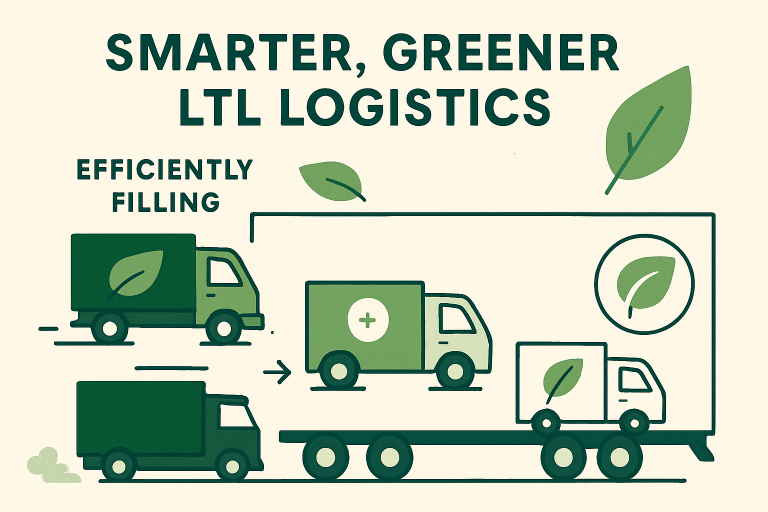From Strategy to Execution: Using Visual Frameworks to Drive Alignment

Introduction
Every business leader has faced the same dilemma: a well-crafted strategy that fails in execution. The ideas are sound, the goals ambitious, but when it comes to mobilizing teams, alignment fades. Why? Because people struggle to connect abstract plans with their daily actions. This execution gap is one of the most common causes of strategic failure.
The solution is deceptively simple: make strategy visible. By using visual frameworks, leaders can transform abstract objectives into clear roadmaps that guide execution, keep teams aligned, and reinforce accountability at every level.
Why Visual Frameworks Drive Execution
Visual frameworks aren’t just design tools—they are strategic communication devices. They translate complex business objectives into structured, easy-to-digest visuals that answer three essential questions for employees:
- Where are we going?
- How do we get there?
- What is my role in the journey?
When teams can see strategy laid out visually, they are more likely to understand priorities, connect with the larger vision, and remain engaged in execution.
Common Pitfalls That Derail Strategy Execution
Even great strategies stumble when execution breaks down. The most frequent pitfalls include:
1. Information Overload: Leaders bombard teams with too much data, without clarity on priorities.
2. Inconsistent Communication: Different departments interpret the same strategy differently, causing fragmentation.
3. Lack of Ownership: Without visible accountability, execution feels like “someone else’s job.”
4. Static Planning: Strategies quickly become outdated when visuals and roadmaps aren’t revisited.
These failures often stem from relying on long reports or dense presentations. Visual frameworks solve this by offering clarity and adaptability.
The Power of Visual Alignment
Visual frameworks work because they provide a shared language across teams. For example:
- Roadmaps connect milestones with timelines.
- OKR dashboards link organizational goals to individual performance.
- Gantt charts show dependencies across projects.
- Decision trees clarify options and risks.
When leaders reinforce strategy through visuals, alignment becomes easier to maintain. Every update, meeting, or report can be tied back to the same visual model, creating consistency across the organization.
Best Practices for Using Visual Frameworks
To bridge strategy and execution, leaders should:
1. Start With Clarity: Define the destination before creating visuals.
2. Limit Complexity: Use simple, intuitive graphics instead of overloading slides.
3. Apply Hierarchy: Make the relationship between goals, KPIs, and tasks obvious.
4. Refresh Regularly: Keep frameworks dynamic by updating progress.
5. Integrate Into Workflows: Ensure visuals are used in daily decision-making, not just annual reviews.
For organizations seeking structured guidance, professional strategy templates provide pre-built roadmaps, dashboards, and planning layouts that help leaders communicate strategy with clarity and consistency.
The Role of AI in Strategy Communication
As digital transformation accelerates, leaders are turning to technology to make strategy communication faster and smarter. One emerging trend is the use of AI presentations that adapt layouts, generate visuals from data, and customize slides for different audiences.
Imagine uploading raw quarterly data into an AI-powered tool and instantly receiving a polished executive deck with charts, KPIs, and narrative flow. This not only saves time but ensures consistency across all levels of the organization.
AI doesn’t replace strategic thinking—but it enhances leaders’ ability to deliver messages with impact, especially in a world where speed and clarity matter more than ever.
Case in Point: Strategy Made Visible
Consider a global manufacturing company rolling out a three-year transformation plan. When first introduced through a 50-page document, employees felt disconnected. Adoption lagged, and managers reported confusion.
The leadership team then introduced a visual execution framework—a simple roadmap showing the three phases of transformation, with milestones, KPIs, and ownership by department. Within weeks, engagement rose. Teams could see where they fit in the bigger picture, and progress was easy to track.
The content of the strategy didn’t change—only the way it was communicated. The shift from text-heavy documents to visual frameworks unlocked execution alignment.
Conclusion
A brilliant strategy is meaningless if it lives only on paper. Execution requires clarity, consistency, and alignment—qualities best delivered through visual frameworks. By making strategy visible, leaders empower teams to connect vision with daily action, drive accountability, and adapt to change.
The future of strategic communication lies in blending proven methods with modern innovation. Structured resources provide a reliable foundation for clarity and alignment, while emerging tools powered by AI bring speed, personalization, and adaptability.
In today’s fast-moving environment, the winners will be those who not only craft bold strategies but also communicate them in ways that teams can see, understand, and act upon. When frameworks and technology converge, strategy no longer stays locked in boardrooms—it becomes a living roadmap that drives measurable results.




